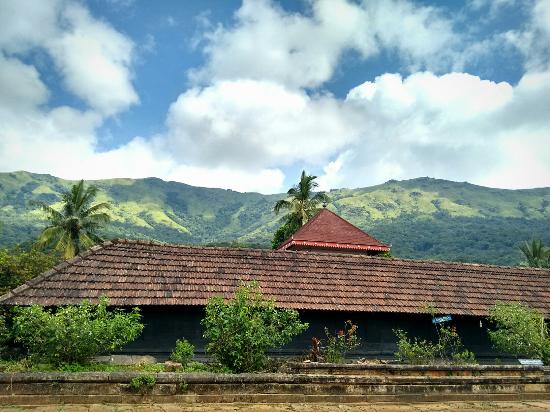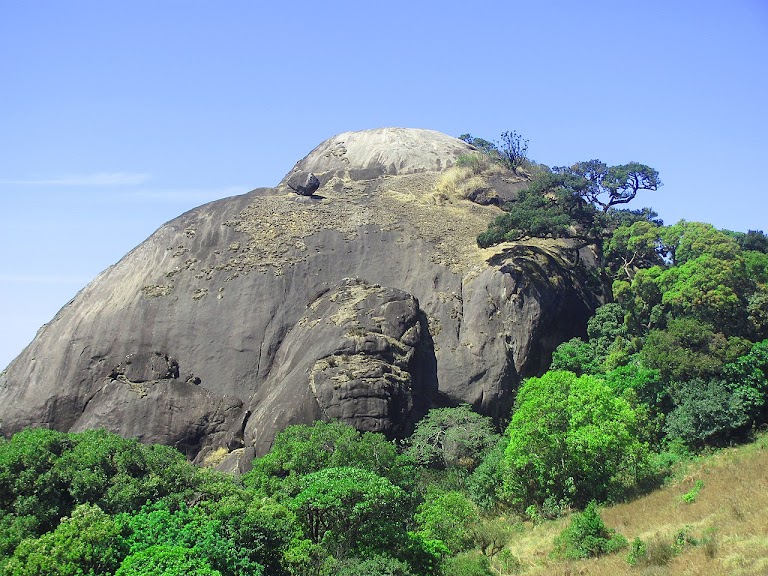About Village
Thirunelly is a village in Wayanad district in the state of Kerala, India. Thirunelli Temple is a very famous temple located in this village. Some earlier Malayalam works of 11th and 12th century like Unniyachi Champu, has references to the place. Archaeologists have also discovered copper plate inscriptions belonging to the period of Bhaskara Ravi Varma I and II (10th and 11th century) from the village.
Demography
As of 2001 India census, Thirunelly had a population of 11719 with 5774 males and 5945 females.
Geography
The total geographical area of village is 14861 hectares.
Socio-Economic
Agriculture is the backbone of the economy of the Village. Most of the lands in the area are used for agriculture purpose. More than half of its population are encaged in agriculture in order to earn their livelihood. Another source of economy in the Village is the cattle Farming.
Ecology
Wayanad district in Kerala is part of the Western Ghats which is one the biodiversity hot spots of the world. The western slopes of the Ghats have a natural cover of evergreen forest, which changes to moist and then dry deciduous types as one comes to the eastern slopes. The vegetation reaches its highest diversity towards the southern tip in Kerala with its high statured, rich tropical rain forests.
Tourism
1.Thirunelli Temple is an ancient temple dedicated to Lord Maha Vishnu on the side of Brahmagiri hill in Kerala, near the border with Karnataka state. 2.Pakshi Pathalam is a trekking site some seven kilometers from Thirunelli temple near Kattikkkulam. There is an ancient cave on the hillock with plenty of bird. 3.Tholpetty Wildlife Sanctuary or Wayanad Wildlife Sanctuary is a beautiful destination located 20 km east of Mananthavady on the Kodagu Road. The jeep ride here offers brilliant opportunities to view various animal and bird species in their natural habitat. One gets to see herds of elephants, guars, deer, monkeys, tigers, leopards, bears and many species of reptiles, fishes, butterflies and birds including vultures. Visitors are restricted to the outer tourist zone. It gives one an excellent perspective on how we must strive to conserve these natural wonders.




.jpeg)